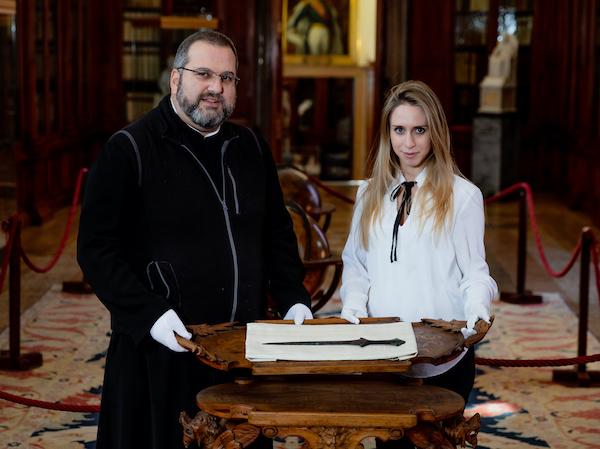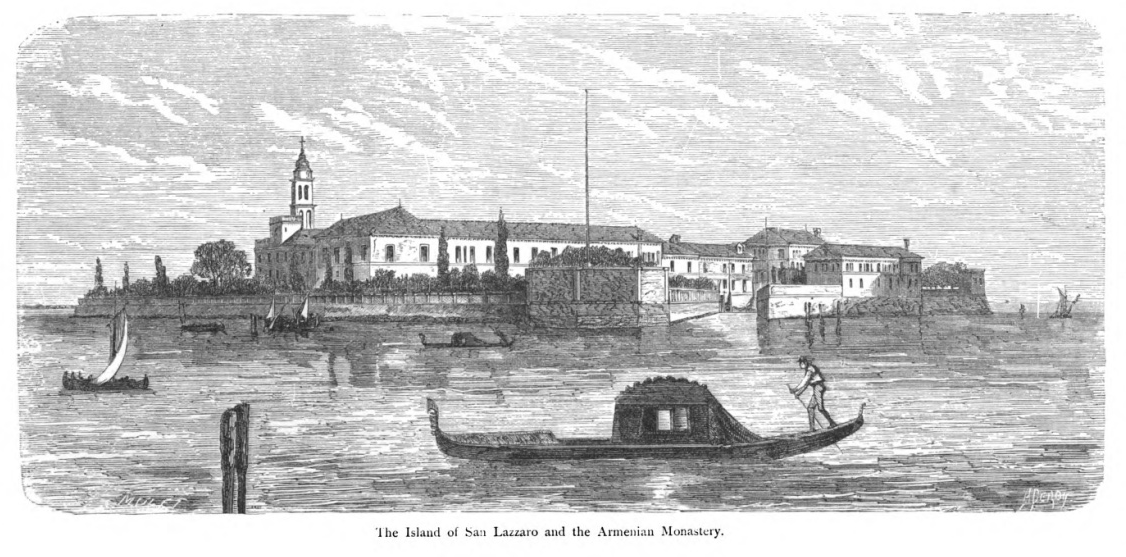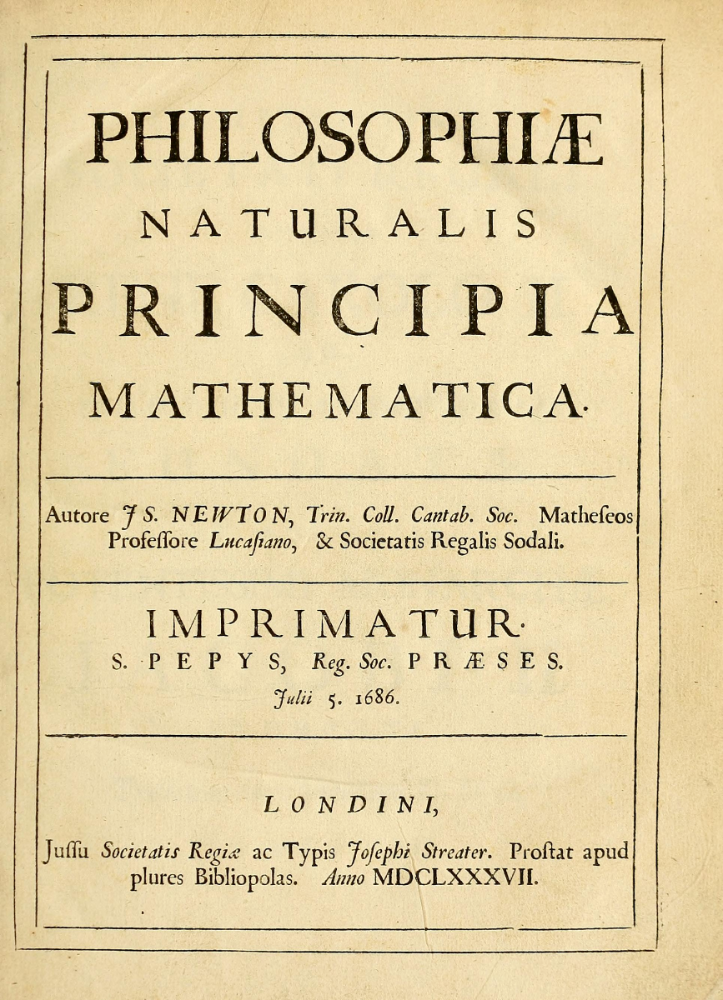Saint Lazarus Island, a former leper colony in the Venetian Lagoon, has been home to the Mekhitarist friars, an Armenian Catholic congregation, since 1717. Home to a monastery, library, and museum, Saint Lazarus is one of the world's most prominent centers of Armenian studies and culture. Their collection of books, journals, artifacts, including a large collection of Armenian manuscripts, represent priceless cultural treasures.
Digging deep in these extensive museum archives, Father Serafino Jamourlian discovered that the dagger had been gifted to the monastery in the mid-19th century by Yervant Khorasandjian, a civil engineer in the Ottoman Empire. Khorasandjian had studied under Father Ghevont Alishan, a historian, poet, and Mekhitarist leader. Dall’Armellina and Father Jamourlain theorize that Khorasandjian recovered the sword through his work, and sent it to Father Alishan as a token of his gratitude.




























